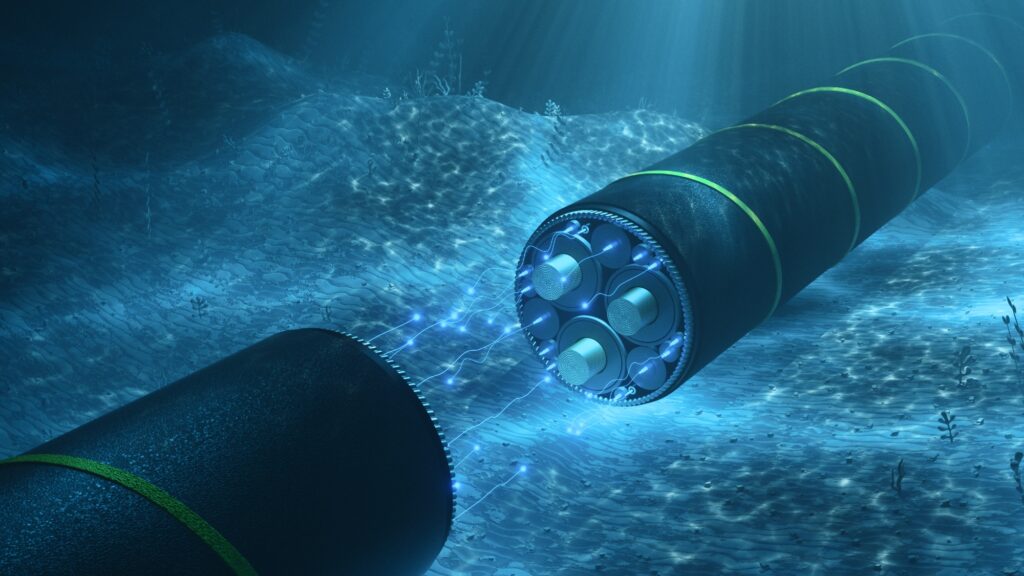Microsoft Warns of Service Issues After Subsea Cables Cut in the Red Sea
Newsweek reached out to Microsoft by email outside of normal business hours on Saturday afternoon for comment.
Microsoft Azure is a cloud computing service and one of the main competitors to Amazon Web Services (AWS), with around 722 million users worldwide, according to the Azure Active directory as of May 2025. Azure functionally shares a lot of features with Google Cloud, which is the second-most used cloud-based service.
Launched in 2010, Azure has made rapid gains on its competitors, though, thanks to the already healthy userbase of general Microsoft products. Azure is available in over 60 regions globally, with more planned as the service continues expanding.
The disruption resulted from “multiple international subsea cables” that were cut in the Red Sea. Microsoft did not state how the cables were damaged, but said traffic has been rerouted, which would cause higher-than-normal latencies while repairs occur.
The Microsoft engineering teams have been actively managing the interruption via “diverse capacity” while assessing alternative capacity options to bring down latency during the repair process.
“We’ll continue to provide daily updates, or sooner if conditions change,” the company wrote on its website.
However, the service did not say if the cables had been repaired, and Microsoft did not respond to a Newsweek request for further information by the time of publication.
The subsea cable network is a project that Microsoft and other tech firms, such as Meta, have pursued over the years in an effort to expand their reach and operations.

